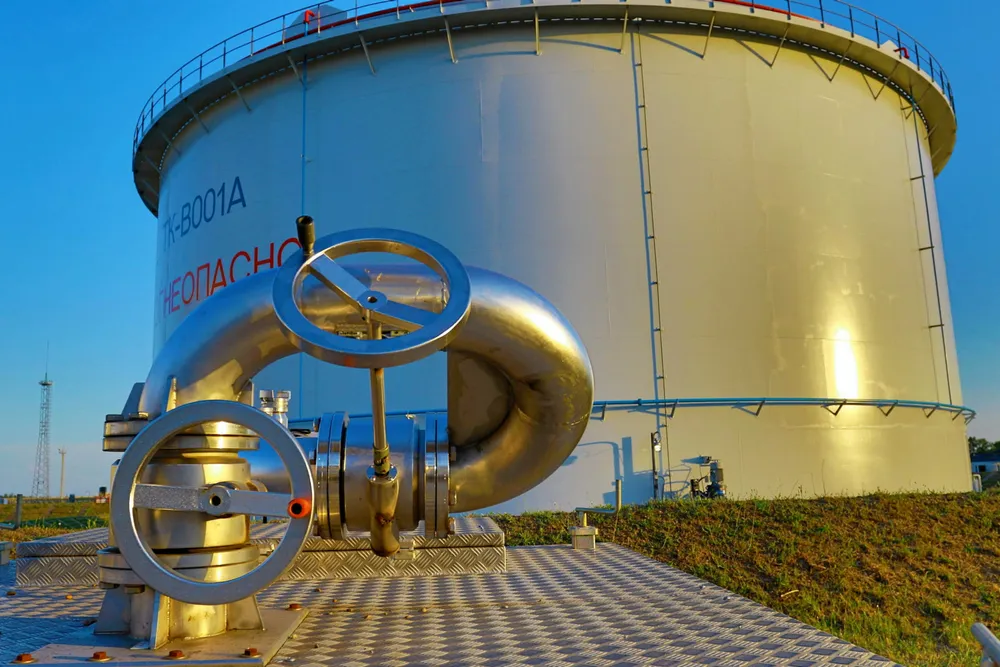Russia targets Caspian Pipeline with unscheduled inspections
Exceeding expectations, the operator of a key oil export pipeline from Kazakhstan has optimised exports from its sole remaining terminal operating in the Black Sea

Exceeding expectations, the operator of a key oil export pipeline from Kazakhstan has optimised exports from its sole remaining terminal operating in the Black Sea
